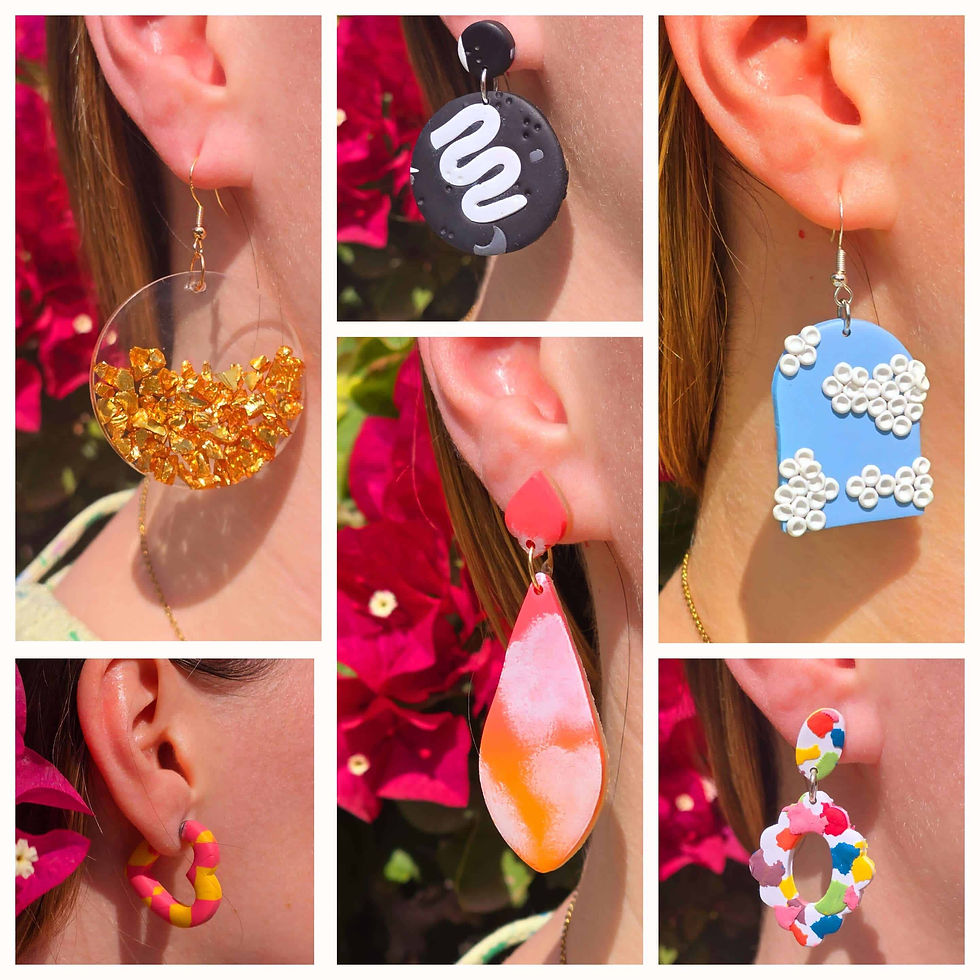Is Dopamine Dressing Real?
- Leah Milsom
- Mar 28
- 2 min read
Updated: Apr 11
In recent years, the term "dopamine dressing" has gained popularity, especially in discussions about fashion and mental well-being. The idea suggests that wearing certain colours, patterns, and styles can stimulate the release of dopamine, a neurotransmitter associated with pleasure, motivation, and reward. But is dopamine dressing real, or is it just a fashion trend without scientific backing?
The answer lies somewhere in between. While there’s no direct scientific evidence proving that specific clothes trigger dopamine release in the brain, psychology and colour theory suggest that what we wear can significantly influence our mood, confidence, and emotions.
The Science Behind Dopamine and Clothing
Dopamine is a feel-good neurotransmitter that plays a crucial role in motivation, pleasure, and happiness. It’s released when we experience something enjoyable, such as eating delicious food, achieving a goal, or engaging in activities we love.
While dopamine release is primarily associated with biological and psychological triggers, clothing can indirectly contribute to this process. When we wear something that makes us feel confident, attractive, or comfortable, our brain may associate that feeling with pleasure, potentially leading to a dopamine boost.
A 2012 study on “enclothed cognition” found that the clothes we wear influence our psychological processes. For example, wearing a lab coat was shown to improve focus and attention because participants associated it with intelligence. Similarly, bright, bold colours or favourite outfits might trigger positive emotional responses, reinforcing the idea behind dopamine dressing.

How Colors Influence Mood
One of the core elements of dopamine dressing is colour psychology—the idea that different colours evoke different emotions. Although individual experiences and cultural influences play a role, general colour associations include:
Yellow: Joy, energy, optimism
Red: Confidence, passion, power
Blue: Calmness, trust, serenity
Green: Balance, renewal, relaxation
Pink: Playfulness, warmth, affection
Purple: Creativity, luxury, mystery
Many people find that wearing bright, bold colours can uplift their mood, while dark, muted tones may feel more serious or subdued. If someone associates a hot pink blazer with fun and confidence, wearing it might create a dopamine-boosting effect—not because the colour itself triggers dopamine, but because of the positive emotional response it generates.
Dopamine Dressing in Practice
To incorporate dopamine dressing into your life, focus on:
Wearing colours that make you happy – Choose shades that uplift your mood. Selecting outfits that bring confidence – Clothes that fit well and make you feel good can enhance self-esteem. Experimenting with fun patterns and textures – Playful designs can create excitement.Dressing for personal joy, not just trends – Wear what you love rather than what’s "in fashion."
While dopamine dressing may not have a direct scientific link to neurotransmitter activity, there’s no doubt that fashion has a powerful psychological impact. Feeling good in what you wear is real, and that’s what truly matters! 😊
Comments